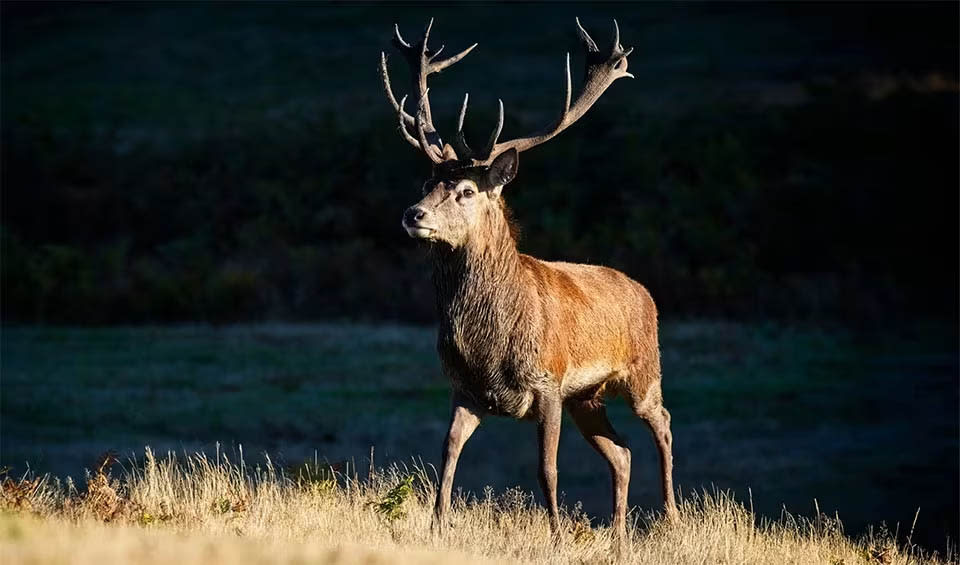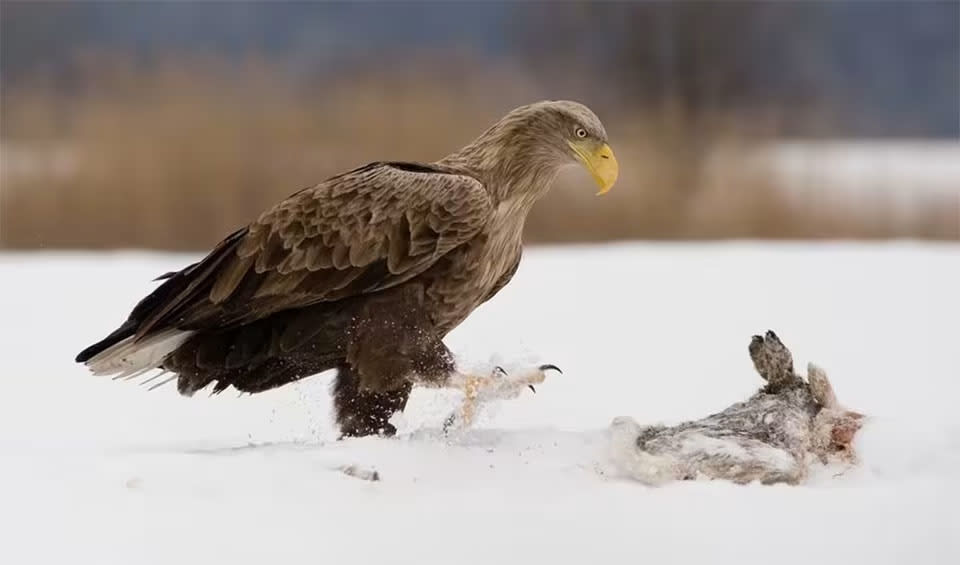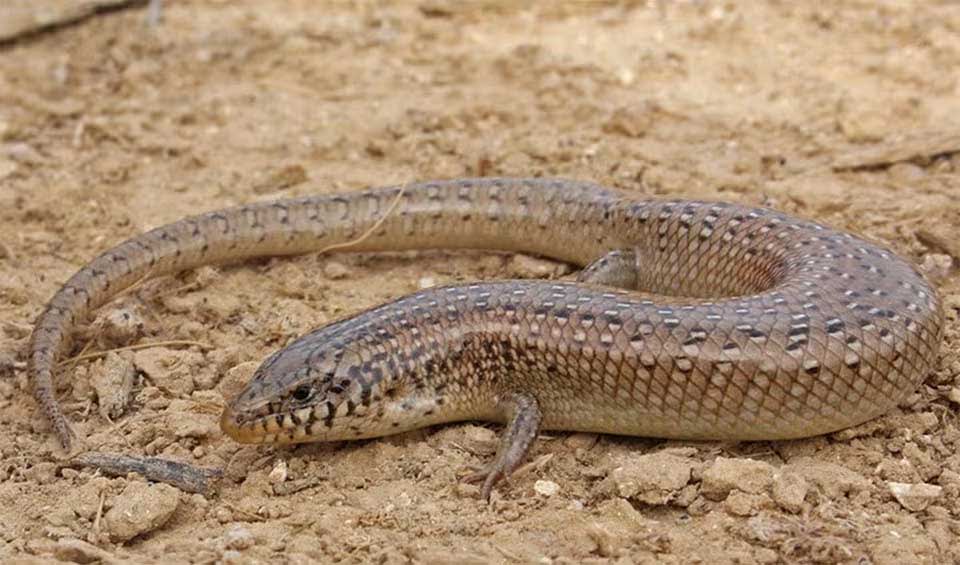Located in North Africa, it is a country known for its rich history, diverse culture, and stunning Mediterranean coastline. Covering an area of approximately 163,610 km² (63,170 mi²) and home to around 11.8 million people, Tunisia is bordered by Algeria to the west, Libya to the southeast, and the Mediterranean Sea to the north and east. Its capital, Tunis, is a bustling city that combines ancient history with modern vibrancy.
Tunisia’s landscape is diverse, ranging from the fertile northern hills, where agriculture is prevalent, to the vast Sahara desert in the south. The eastern coastline along the Mediterranean is dotted with beaches and is a major draw for tourists. The country’s climate is equally varied; it has a temperate Mediterranean climate in the north with mild, rainy winters and hot, dry summers, transitioning to a semiarid climate in the south where conditions are much harsher and drier.
Four pillars elaborated:
Tunisia features a rich and varied landscape, with numerous protected areas that make up 7.91% of its land and 1.04% of its marine territories. These protected zones are essential for preserving biodiversity and promoting sustainable development. Spread throughout the country, Tunisia’s protected regions include national parks, nature reserves, biosphere reserves, and marine protected areas. These sites provide refuge for a diverse array of plant and animal life, including endangered species such as the Barbary sheep and the monk seal. The country is home to 17 national parks. Land Management
Land Management
In Tunisia, significant biodiversity loss and ecosystem degradation are primarily driven by population growth and extensive land use. Historically, several wildlife species, including the last lion in 1891 and the hartebeest in 1902, have become extinct due to these pressures. Habitat destruction, urban expansion, and climate change continue to threaten both flora and fauna. Notable species like the Atlas pistachio and the carob tree are under severe threat and require urgent conservation efforts. Threats to Biodiversity
Threats to Biodiversity
Additionally, factors such as forest fires, particularly during the world wars, land clearing, and urbanization have compounded these threats. Overgrazing and inappropriate land management practices have led to widespread soil erosion, further contributing to habitat destruction and desertification, particularly in the central and southern regions of Tunisia. This complex web of challenges underscores the critical need for sustainable management and conservation strategies to preserve Tunisia’s natural heritage.
Tunisia has developed and continually updated a comprehensive set of laws aimed at the rational use and conservation of natural and biological resources, particularly in its semi-arid and fragile ecosystems. Over the past decade, significant legal strides have been made, including the ratification of the Cartagena Protocol, updates to the Forest Code, and revisions to the Code on Land Use Management and Urban Development, which includes protections for maritime areas. Additionally, the establishment of the Regional Research Center in Oasis Agriculture marks a further commitment to sustainable resource management. Capacity and Governance
Capacity and Governance
Tunisia’s legal framework now encompasses the Forestry Code, Water Code, Code on Water and Soil Conservation, and other regulations focused on safeguarding diverse habitats and species, such as the Fisheries Law and the creation of 40 Ramsar wetland sites, alongside numerous marine and terrestrial protected areas. This legislation is crucial for promoting sustainable development and biodiversity conservation within the country.
Tunisia’s National Biodiversity Strategy and Action Plan (2018-2030) is designed to safeguard the nation’s varied ecosystems against the detrimental impacts of climate change. This revised strategy provides a detailed framework for the conservation of biodiversity and sustainable development. The section on “Tunisia’s Biodiversity and the Built Environment” underlines the critical role of incorporating biodiversity considerations into urban planning and development processes, advocating for sustainable practices that benefit both present and future populations. Additionally, the focus on “Protecting Biodiversity in Tunisia’s Gulf of Gabes Region” emphasizes the necessity for a comprehensive, long-term strategy to protect the area’s abundant marine and coastal ecosystems. Future Trends
Future Trends
Biodiversity
Tunisia, located in North Africa, boasts diverse landscapes and rich biodiversity across its Mediterranean forests, coastal areas, mountains, and deserts. The Mediterranean coastline, stretching over 1,300 km (808 miles), features sandy beaches, dunes, lagoons, and wetlands, such as the Gulf of Gabès, which are crucial habitats for marine life and migratory birds.The northern part of Tunisia is home to Mediterranean forests and woodlands with species like cork oak, Aleppo pine, Barbary wild boar, jackals, and various deer. The Atlas Mountains, extending into northern Tunisia, provide habitats for unique plant communities and wildlife, such as Barbary sheep and diverse bird species. The southern Sahara Desert, though harsh, supports resilient life forms like the desert fox (fennec), Saharan horned viper, and various lizards, along with hardy vegetation like shrubs and acacia trees. Wetlands, including Lake Ichkeul, and oases in the desert are vital for waterbirds and support agricultural activities.
In the table below are the number of known species in several main groups, how many of these species are Threatened with extinction, and how many of them are Endemic (unique to Tunisia only):
| Species (World rank) |
Threatened | % Threatened | Endemic | % Endemic | |
|---|---|---|---|---|---|
| Mammals | 88 (#128) | 14 | 15.9% | 1 | 1.1% |
| Birds | 308 (#120) | 13 | 4.2% | ||
| Reptiles | 71 (#108) | 6 | 8.5% | 1 | 1.4% |
| Amphibians | 8 (#144) | 1 | 12.5% | ||
| Fishes | 366 (#140) | 58 | 15.8% | 2 | 0.5% |
| Plants | 2,163 (#145) | 9 | 0.4% | 30 | 1.4% |
mammals
Brown bear
The second largest bear, right after the polar bear. Sadly, it well might top the list soon
Striped hyena
The only hyena species outside of Africa that can go 15km (10 miles) for a meal
Red deer
Not only one of the largest deer species but also among the most majestic
birds
Cinereous vulture
Largest soaring vulture in the sky with extremely broad wings that assists an important role in nature as “clean-up” team
White-tailed eagle
Extinct and reintroduced – What’s the story behind these so-called ‘flying barn doors’?
European roller
Loves trees! Only member of its family breeding in Europe
reptiles
Common chameleon
A reptile that can mimic the hues of nature and capture its feast with a tongue that’s like a thunder
Ocellated skink
Stands out with its striking ocelli, or eye-like markings, that adorn its sleek body
European pond turtle
At the first sign of danger, it will quickly dive into the water and hide
National Animals
Arabian camel
No more true wild animals: all are domesticated or escaped from stock














